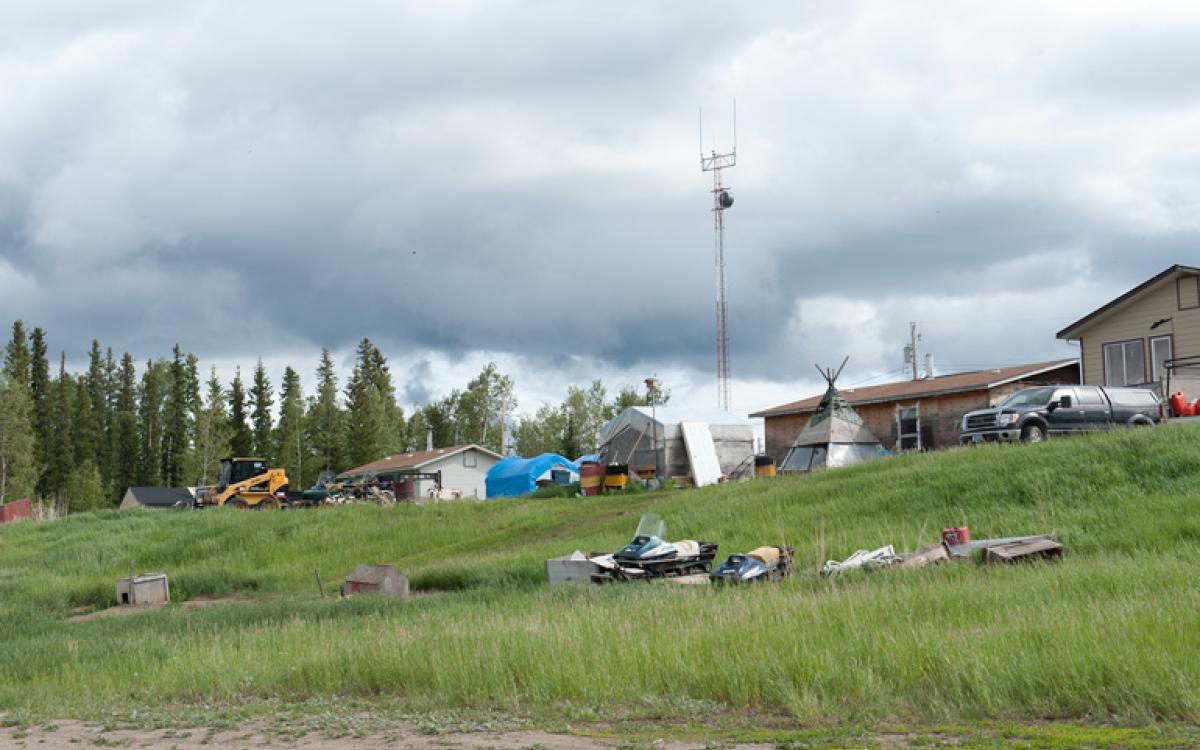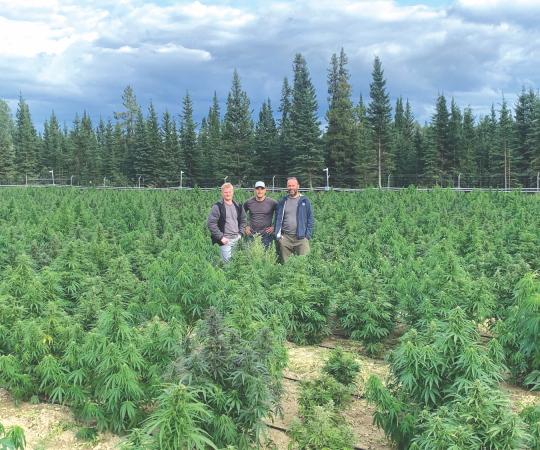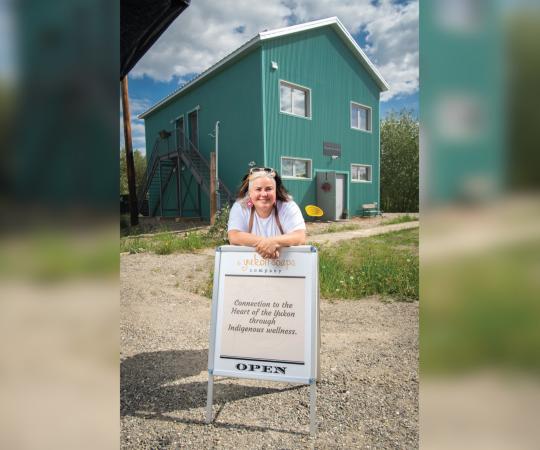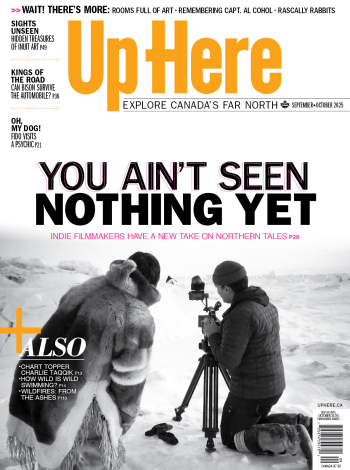In a conference room full of Yellowknife businesspeople, gathered at a $55-per-head luncheon for a keynote speech from Pierre Gratton, CEO of the Mining Association of Canada, the NWT environment and finance minister Michael Miltenberger found himself in a familiar role: playing the villain.
The minister had made comments in the media about the government’s draft plan to designate 20 percent of the territory (roughly the size of Oregon) as protected area and off limits to resource development, and the potential for an additional 20 percent to have some protection while also allowing for development with certain caveats. That news predictably stoked fears among the mining industry and the larger business community about the message such a measure would send to outside investors.
It’s been a recurring complaint from industry members in recent years and it goes like this: cordoning off land tells the rest of the world the NWT isn’t open for business, and it doesn’t just prohibit development, it also cuts off access to non-protected land.
“We are not in any rush to make any final decisions affecting land available for development here in the Northwest Territories.”
About 25 minutes into Gratton’s speech—just as he was about to discuss the perils of closing off swaths of land to low-disturbance exploration—Miltenberger got up from his seat at the table near the podium and slowly walked away. With attention now focused on the departing minister, Gratton addressed him directly. “Before you leave, minister,” he said, “this is where your part comes in.”
“I just have to go to the bathroom,” responded a nonplussed Miltenberger. (Gratton acknowledged his impeccable timing.)
Earlier at that event, industry minister Dave Ramsay tried to assuage the crowd. “We are not in any rush to make any final decisions affecting land available for development here in the Northwest Territories,” he said during his opening remarks. (“Thank god for that,” a voice called out from the back of the room.)
Right now, about nine percent of the territory is protected from development—with approval of the Thaidene Nene park near Lutselk’e, it would jump to 14 percent. Miltenberger stressed in an interview with CBC North that the NWT isn’t even close to 20 percent. Basically, he told everyone to chill.
As this debate rages on, one place to watch is Łue Túé Sųlái, or the Five Fish Lakes area south of Jean Marie River—population 60. The Jean Marie River First Nation has proposed it as a protected area, as it’s home to historic permanent camps and burial grounds. Today, community members hunt and fish there; many have cabins on the lake.Chief Gladys Norwegian says a working group—comprising reps from First Nations, territorial and federal governments and departments and industry—is pushing ahead on the protected areas process with the hopes of making a formal request for the park early next year.
As part of the multi-step protected areas process, the GNWT sponsored an airborne geophysical survey to assess the mineral potential of the proposed park back in 2013. The results were surprising: in total, 18 different geomagnetic targets were discovered that could be kimberlite intrusions, according to John Ketchum, NWT geological survey director. What’s more, some of those showings are just off the Deh Cho highway—and everyone knows how important road access is to any exploration or mining project. To determine if these targets are in fact diamond-bearing kimberlites, on-the-ground till sampling and drilling are required. But the promise is there: Ketchum says if a company had flown the same survey and had access to the land for drilling, they would likely have drilled some of the targets to investigate further. The area, he adds, “has some very tantalizing evidence right now that it could have diamond potential.”
But the proposed park is currently included as part of the Dehcho interim land withdrawal (the Dehcho First Nations are negotiating a land claim settlement with the territorial government), and it’s also been identified as conservation land in the Dehcho Land Use Plan. So it’s off limits from drilling for now. That point was further emphasised at the Dehcho Annual Assembly in Fort Simpson this summer, where a motion was passed to not support development of any non-renewable resource in the region until the DFN and government agreed upon a land use plan and resolved issues associated with devolution. (Tensions have risen since the GNWT forged ahead with devolution—without the Dehcho First Nations as a signatory.) The possibility of diamonds could be another nice bargaining chip.
This is an issue the GNWT appears to want to work out. “We must—and I can’t underscore this enough—continue to work to resolve outstanding land claim issues here in the Northwest Territories and the 144,000 square kilometres that are in those areas,” said Ramsay at the luncheon. (In September, he told me that he really, really wanted to talk about the Dehcho’s diamond potential, but with an election pending, he was advised not to.)
A diamond industry has the ability to transform a region of the territory with few major economic prospects. How this park takes shape could provide clues about the priorities of the next territorial government.










